The kitchen is the heart of a house, where food for the entire family is cooked. With modular kitchens dominating this space to give an organized and orderly look, the combination of chimneys and hobs is in trend. The chimneys and hobs play an important role in cooking and keeping the kitchen clean. They also give a wow look to the kitchen. Here, we will discuss the chimneys and hobs that make the perfect pair.
What is a hob?
A hob is a cooking appliance, standalone or installed in a kitchen platform counter.
Types of hobs
- Induction hob
- Gas hob
How to choose a hob?
While the market has a variety of hobs, ranging from two to five burners, you should carefully choose what fits the bill.
- Hob size: The most common sizes of hob are 2 ft, 2.5 ft, and 3 ft. While choosing, keep in mind that the chimney you are selecting should be bigger than the hob, to cover it completely. While a big hob may limit kitchen platform space, a big chimney may impact the wall cabinets part of the modular kitchen.
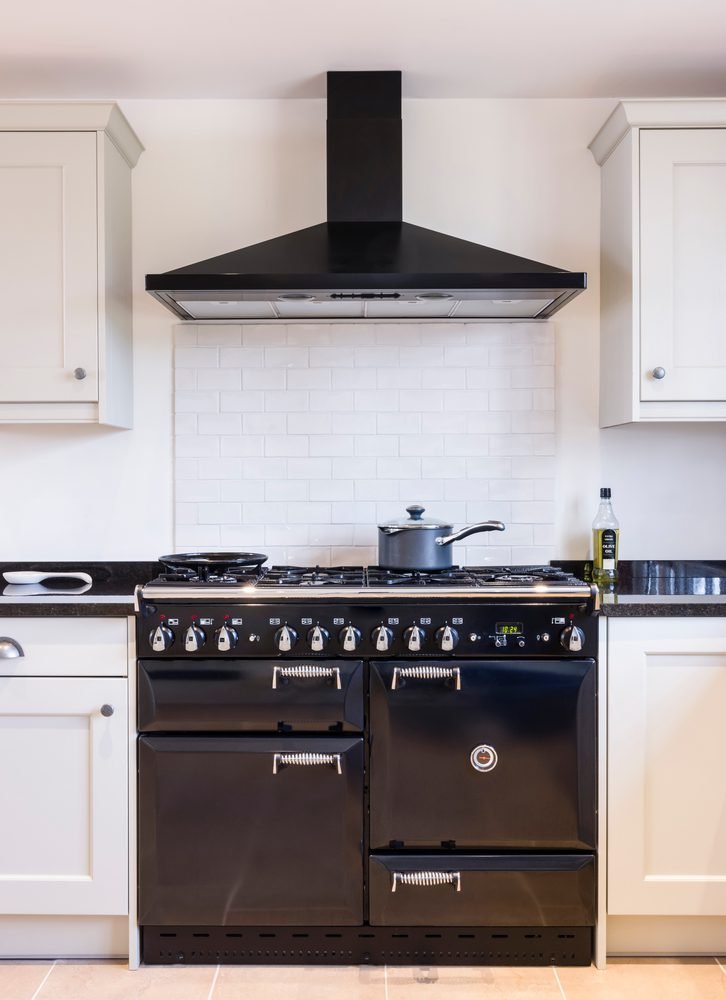
- Number of burners: Consider the kitchen space and select the hob accordingly. A hob with five burners is chosen for a small kitchen. Lack of space on the kitchen platform will result in a cluttered look. Don’t select more burners just because you may get value for money. Go for them only if you need them.
- Layout of burner: While choosing a hob for Indian kitchens, explore the different layout of burners and choose the ones which are most comfortable. It is recommended to buy a hob that provides enough space between the burners so that you cook in full safety.

- Material of burner: Burners on hob are available in brass and aluminium. While the brass burner is expensive, it is also durable. The aluminium burner is less expensive, but its efficiency reduces with time.
- Burner heating capacity: A burner may give out little flame or more flame. Check its heating capacity on the hob and see if it fits your cooking style. The burner watt should be between 1.5 KW and 3.5 KW for efficient cooking.
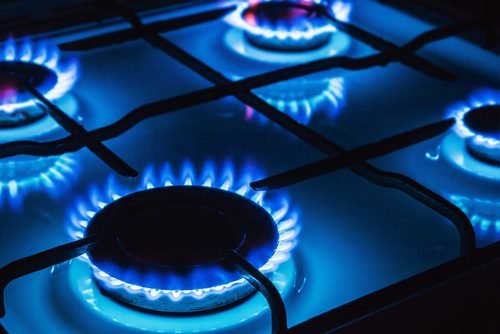
- Material of hob: You get hobs in steel, as well as toughened glass/ceramic. Both are easy to maintain, and available in good designs.
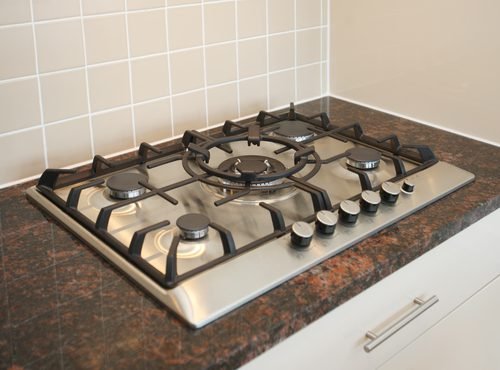
Steel hob
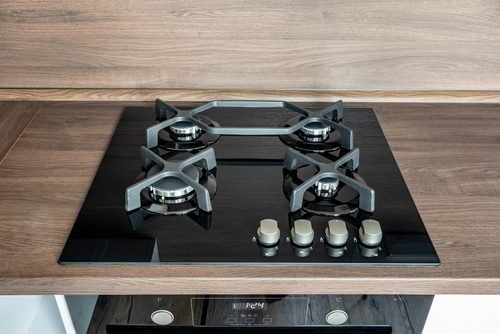
Ceramic hob
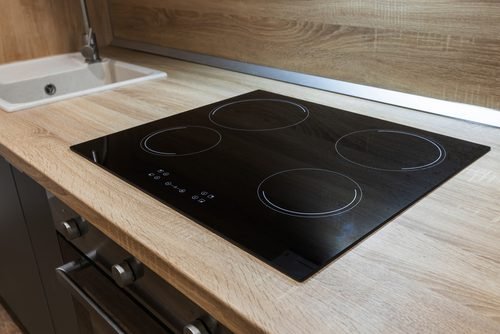
- Service: While we research before buying a product, not much focus is on the after-sales service. Do thorough research regarding the service and warranty covered and select the one that gives you maximum cover.
Advantages of gas hob
- Less energy consumption
- Compatible with all gas cookware
- Fits perfectly in Indian traditional kitchen
- Easy to clean and maintain
Is it necessary for you to dig the platform to accommodate the gas hob?
While it is recommended to make a hole in the platform and place the gas hob, if you do not want to break the platform, you also can place the gas on the platform just like a normal gas stove.
Now that you have chosen a hob for your kitchen, a good chimney will complement it.
How to choose a chimney?
A chimney that enhances ventilation, helps in increasing the lifespan of kitchen appliances by throwing out oil grease and smell from the kitchen. It also enhances the look of a kitchen. Let’s know how to choose a chimney.
- Size of chimney: As mentioned above, the size of a chimney should be a little bigger than the size of a hob so that the chimney effectively throws out smoke. For instance, a 90 cm chimney is recommended for hobs with three, four, or five burners. A 60 cm chimney is recommended for hobs with two to four burners.
- Duct or ductless chimney: A duct chimney sucks smoke and oil from your kitchen and throws it out with the help of a duct/pipe through the window.
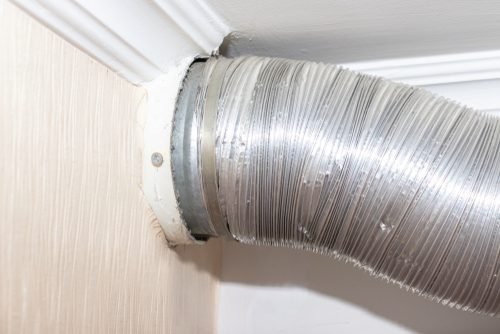
A ductless chimney sucks in oil and grease inside it and recirculates the air.
- Suction power of chimney: Both ductless and duct chimneys are effective if the suction power is effective. It can pull in food particles along with oil. Check out a chimney that has an air suction capacity of 1,200m3/hr.
- Filter: A chimney supports many types of filters based on duct chimney or ductless chimney.
-
- Aluminum mesh filter: These are good to use in kitchens that are not frequently operative. The aluminum mesh most likely gets blocked with oil and grease.
- Baffle filters: These are mostly used in duct filters and are effective. These can be changed once a year.
- Charcoal filters: These are used in ductless filters and can be changed once in six months.
- Number of fans in chimney: A chimney can have one or two fans. Choose the one which is more effective for your kitchen.
- Noise level: While some chimneys are noisy others are bearable. This depends on the number of fans.
- After-sales service: Indian kitchens are greasy due to butter, oil, and ghee usage in day-to-day cooking. So, do thorough research on the quarterly services that the vendor may provide and the warranty. Also, explore the possibility of extended use of services for payment.
Housing News Viewpoint
The hob and chimney combination looks good and works well in tandem. To get the most of this combination, remember that their sizes should complement each other. While choosing, the hob should be smaller than the chimney, however the opposite will not be effective. Note, all kitchens need not have a hob and chimney. If you have a small kitchen and your cooking is limited to just one meal a day or use an array of appliances, such as microwave oven, air fryer etc., you need buy a hob and a chimney. These are expensive and will make your small kitchen more enclosed with not much value for money.
FAQs
What is the difference between a chimney and a hob?
A chimney is essential for ventilation in a kitchen whereas a hob is used for cooking.
Can we use a hob without a chimney?
You can, however, it is recommended not to use a hob without a chimney as the latter will push oil outside and keep the kitchen clean.
What is the difference between a hob and a stove?
A normal stove is a free body and can be placed and moved anywhere on the kitchen platform. On the other hand, a hob is sleek and fixed on the platform of a kitchen.
Should a hob and a chimney be of the same size?
A chimney should be slightly bigger than a hob. It may also be of the same size but avoid getting smaller chimneys for larger hobs.
What are the two types of hobs available?
Electrical and gas supporting hobs are the two types available in markets.
Are hobs compatible for the Indian cooking?
Hobs are designed to tolerate high heat which the Indian cooking is associated with.
| Got any questions or point of view on our article? We would love to hear from you. Write to our Editor-in-Chief Jhumur Ghosh at [email protected] |

With 16+ years of experience in various sectors, of which more than ten years in real estate, Anuradha Ramamirtham excels in tracking property trends and simplifying housing-related topics such as Rera, housing lottery, etc. Her diverse background includes roles at Times Property, Tech Target India, Indiantelevision.com and ITNation. Anuradha holds a PG Diploma degree in Journalism from KC College and has done BSc (IT) from SIES. In her leisure time, she enjoys singing and travelling.
Email: [email protected]











